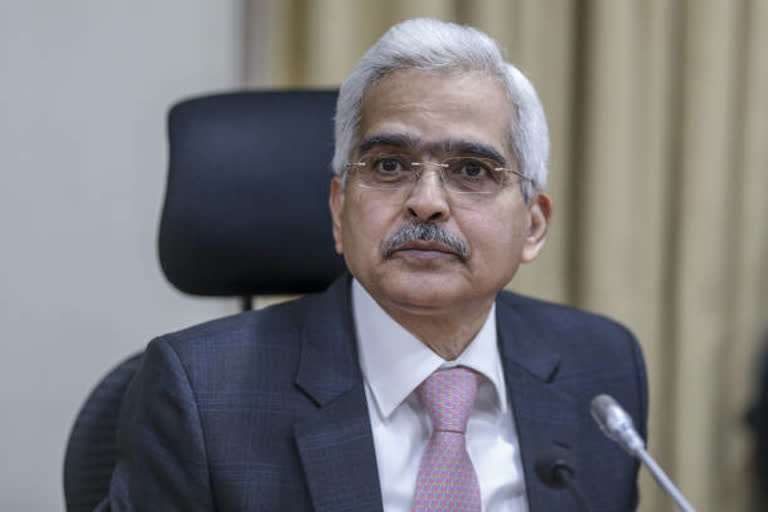Mumbai:Economists are keen on Reserve Bank of India’s (RBI) policy announcements on Thursday.
The six-member Monetary Policy Committee (MPC) of the RBI has a tough job in hand as there is a growing concern about the widening difference between income and expenditure of the union government and high consumer prices.
While presenting the Union Budget on February 1, Finance Minister Nirmala Sitharaman projected the fiscal deficit to widen to 3.8 per cent of Gross Domestic Product (GDP) against the earlier estimate of 3.3 per cent.
Besides, official data shows, retail inflation in December touched 7.3% due to high onion and tomato prices. This figure is 1.3% higher than RBI’s comfort limit of 6%.
A higher fiscal deficit in simple terms means the government will go in for more market borrowing leading to hardening of interest rate which in turn will put pressure on inflation.
Read more:Unemployment rate at 6.1% in 2017-18, govt cites new survey in Rajya Sabha
The Central Bank has three options to choose from – not changing repo rate, reducing it and repo rate hike. Repo Rate is the key policy rate that influences money flow in the market, which in turn has a say on growth prospects and prices.
